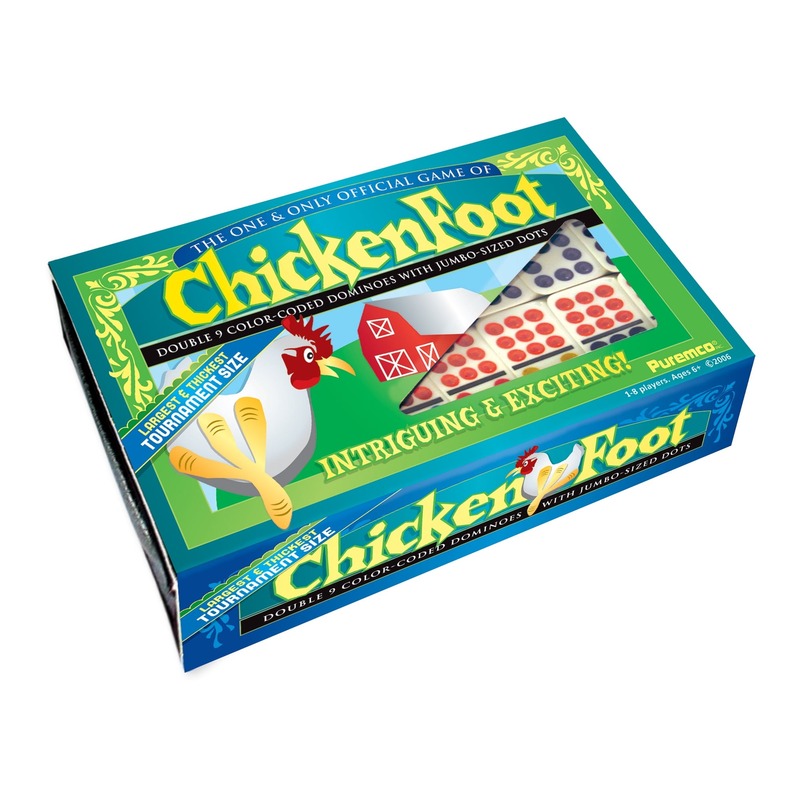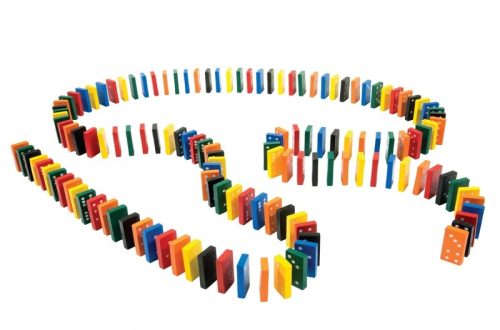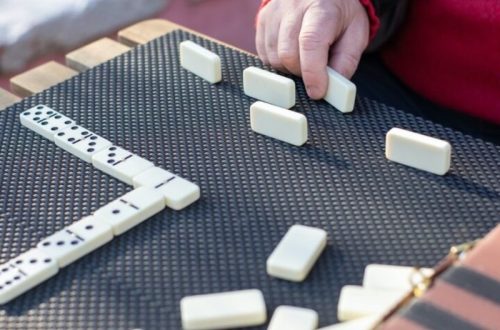Introduction to Chickenfoot Dominoes
Chickenfoot dominoes is a popular variation of the traditional dominoes game. It is a fun, social game often played with friends and family. Unlike classic dominoes, Chickenfoot involves creating ‘chickenfoot’ formations using the tiles. This adds an exciting twist to the standard gameplay. Key elements include strategy, skill, and a touch of luck. The game’s name reflects the ‘chickenfoot’ pattern that occurs during play.
Chickenfoot dominoes encourages players to think ahead. They must consider potential moves and the state of the board. The game starts with a double domino and expands from there. Each round sees the game board evolve, and players vie to empty their hands by matching tiles. Scoring in Chickenfoot dominoes is unique. It can make or break a player’s success in the game.
Enthusiasts and newcomers alike enjoy the challenge that Chickenfoot dominoes presents. Above all, the game relies on understanding the core rules and strategies. This leads to effective play and enjoyable experiences. Whether at home or in a competitive environment, players can find lots of excitement in Chickenfoot dominoes. Mastery comes with practice, and the journey starts with grasping the game’s essentials.
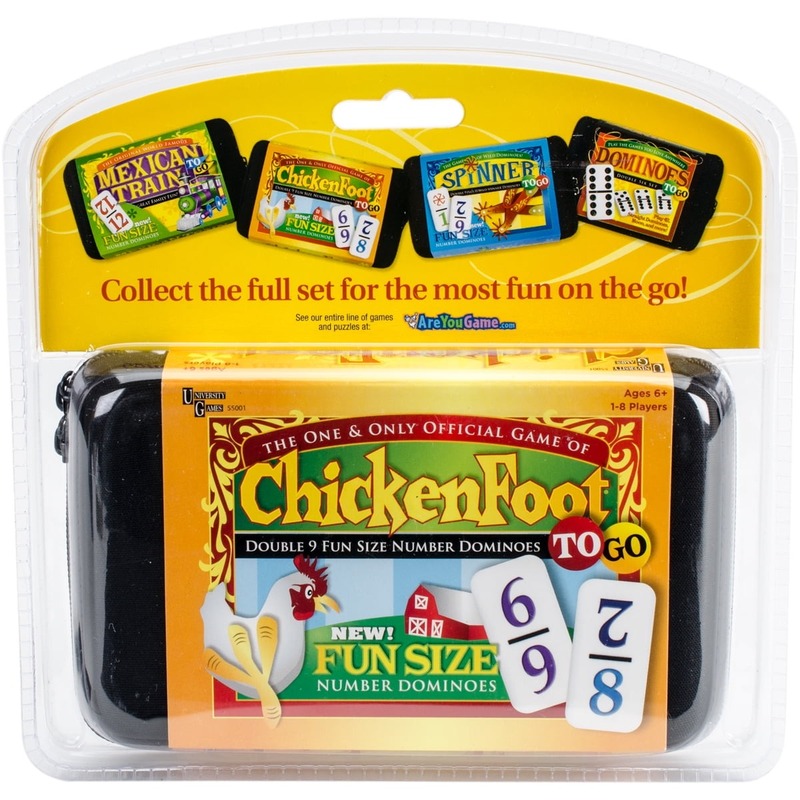
Essential Rules of the Game
Before diving into the strategies of Chickenfoot dominoes, it’s crucial to understand the game’s fundamental rules. Beginners and experienced players alike should have a firm grasp of these essentials to enhance their gameplay.
Here are the key rules that govern the game of Chickenfoot dominoes:
- Starting the Game: The game begins with a double domino, known as the ‘set,’ placed in the center of the table. Players must have seven dominoes each to start.
- Placing Tiles: On their turn, a player must place a tile with a number that matches one of the exposed ends of the dominoes on the table. If unable to play, they must draw from the boneyard.
- Creating the Chickenfoot: Whenever a double tile is placed, the next three tiles must fan out from that double, resembling a chicken’s foot.
- End of Turn: Players end their turn by either placing a tile on the board or drawing a tile if they cannot play.
- Objective: The main goal is to be the first to play all your tiles or to have the lowest score when the round ends.
- Scoring Points: Scoring happens at the end of each round. The player’s score is the total number of pips (dots on the dominoes) left in their hand.
- Winning the Game: The winner is the player with the lowest total score after all rounds are completed.
Understanding these basic rules sets the foundation for building effective Chickenfoot dominoes strategies. Remember, strategy begins with knowing the rules and having the skills to adapt to the changing landscape of the game board.
Starting the Game: Setting the Initial Double
Success in Chickenfoot dominoes often hinges on the game’s start. The initial double domino set, termed the ‘set,’ serves as the gameplay’s foundation. Here’s a tactical approach to setting the initial double:
- Choose Wisely: The double domino you set at the beginning can impact the entire game. Opt for a domino that you can build on easily. This move can shape your early-game options and help you lead the game’s pace.
- Consider Opponents’ Tiles: Watch for cues about which doubles your opponents hold. Avoid setting a double they can capitalize on. Guide the game’s flow by imposing challenges from the outset.
- Plan Your Hand: With the initial set in place, plan your subsequent moves. Aim to play your higher value dominoes early to reduce potential penalty points. Develop a sequence in your hand that allows for strategic plays.
Setting the initial double with these tips in mind can strongly influence your control of the Chickenfoot dominoes game. It’s the first step in dictating the rhythm and flow, steering the session toward a favorable outcome. Remember, the set is more than just a starting point; it’s a critical tactical decision.
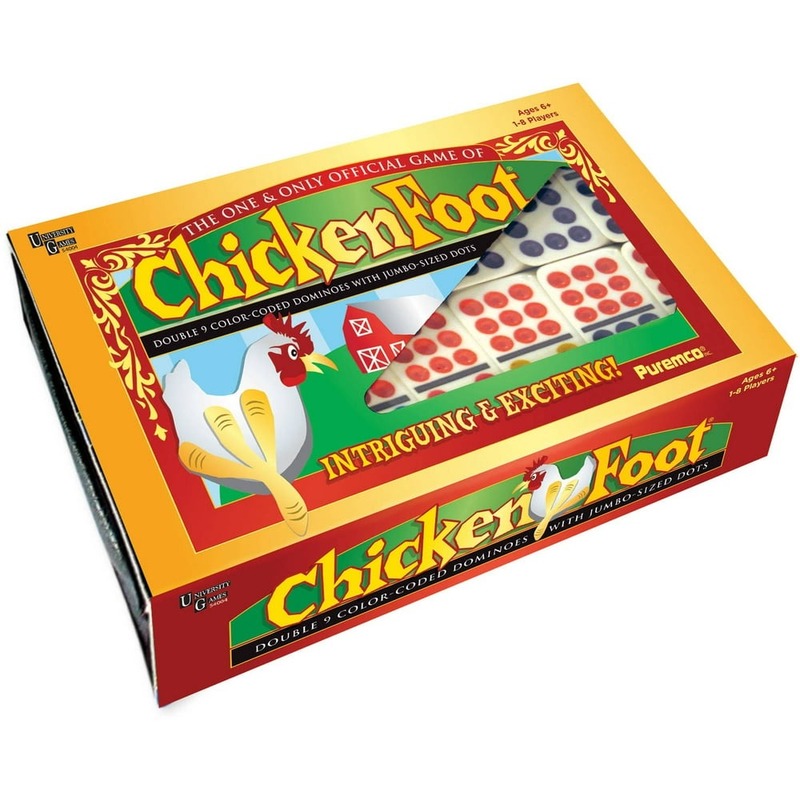
Strategy for Placing Tiles and Scoring Points
When playing Chickenfoot dominoes, strategy is key in both tile placement and scoring. Here are strategies to enhance your gameplay and boost your score:
- Prioritize Your Plays: Always consider playing higher value dominoes first. This reduces the risk of holding high-point tiles if a round ends unexpectedly.
- Be Observant: Keep track of the tiles played. Anticipate the dominoes your opponents have in their hands. Use this to your advantage when placing your tiles.
- Maintain Flexibility: Try to keep a variety of numbers in your hand. This increases the chances of placing a tile no matter what is on the board.
- Aim for a Chickenfoot: If you have the opportunity, create a Chickenfoot. It forces others to play on it before the board opens up again. This can slow down their progress.
- Manage the Boneyard: Be mindful of the remaining tiles in the boneyard. It can be strategic to draw from it, even if you have a playable tile, to improve your hand.
- Minimize Your Score: At the end of a round, your score is the sum of the dots on your remaining tiles. Strive to play your higher dots early.
- Plan for Endgame: Towards the end of the game, focus on playing all your tiles. In some cases, it’s better to play a tile that matches but is not strategic, just to reduce your hand.
By implementing these strategies in your Chickenfoot dominoes play, you increase your chances of placing tiles effectively and scoring minimally. Every move should be deliberate and calculated towards lowering your score and preventing opponents from playing their tiles easily.
Controlling the Chickenfoot
Controlling the Chickenfoot in the game of Chickenfoot dominoes is a strategic advantage. Players must aim to create Chickenfoot formations when they can. By doing this, they direct the game’s flow. Dominating this part of the game often leads to winning. Below are strategies to gain control over the Chickenfoot.
- Initiate Chickenfoot Formations: When you place a double, you start a Chickenfoot. Do this early. It makes others react to your play.
- Use Doubles Wisely: Save a few doubles in your hand. They let you take control when needed. Start a Chickenfoot when opponents least expect it.
- Force Opponents’ Hands: Creating a Chickenfoot can force opponents to play certain tiles. Watch their hands. Predict their move. Make them play tiles that benefit your strategy.
- Dominate the Board: If you control the Chickenfoot, you control the game. Make moves that limit opponents’ options. Keep them guessing.
By mastering these techniques for managing the Chickenfoot, your influence in the game increases. This leads to better tile placement and scoring opportunities. Remember, success in Chickenfoot dominoes comes from planning and control. Keep these tips in mind, and you’ll be on your way to becoming a master at this game.
Blocking and Attacking Tactics
When it comes to mastering Chickenfoot dominoes, blocking and attacking are core strategies. Use these moves to take the lead.
- Plan Blocks: Look for chances to block opponents. Forcing them to draw can slow them down.
- Counterplay: If someone blocks you, have a counter ready. Keep flexible tiles for this purpose.
- Attack Wisely: Choose the right moment to attack. A well-timed Chickenfoot can change the game.
- Block the Boneyard: If you play strategically, you can limit the tiles available for others.
- Observe and Adapt: Watch the board and adjust your tactics. Stay one step ahead.
By using these blocking and attacking tactics, you can control the game. Keep opponents on their toes. Remember these moves to sharpen your Chickenfoot dominoes gameplay.
Advanced Strategies for Experienced Players
When you’ve grasped the basics of Chickenfoot dominoes, it’s time to aim higher. Advanced strategies can give experienced players an edge in competitive play. Here’s how to step up your game.
- Control the Set: Use experience to decide the best initial double. It sets the game’s tone.
- Remember Played Tiles: Keep track of what’s been played. It helps predict opponents’ moves.
- Block Smartly: Don’t just play any tile. Block opponents with strategy in mind.
- Hold Back Dominos: Keep some tiles as trump cards. They can turn the game around.
- Optimize Tile Draws: Know when to draw. Sometimes, it’s strategic to hold off.
- Predict the Endgame: Plan your final plays meticulously. It can secure the win.
- Balance Offense and Defense: Master this balance. It’s key to dominating the game.
Advanced players must think ahead, act decisively, and adapt quickly. These tips increase the chance of winning, taking Chickenfoot dominoes skills to the next level.
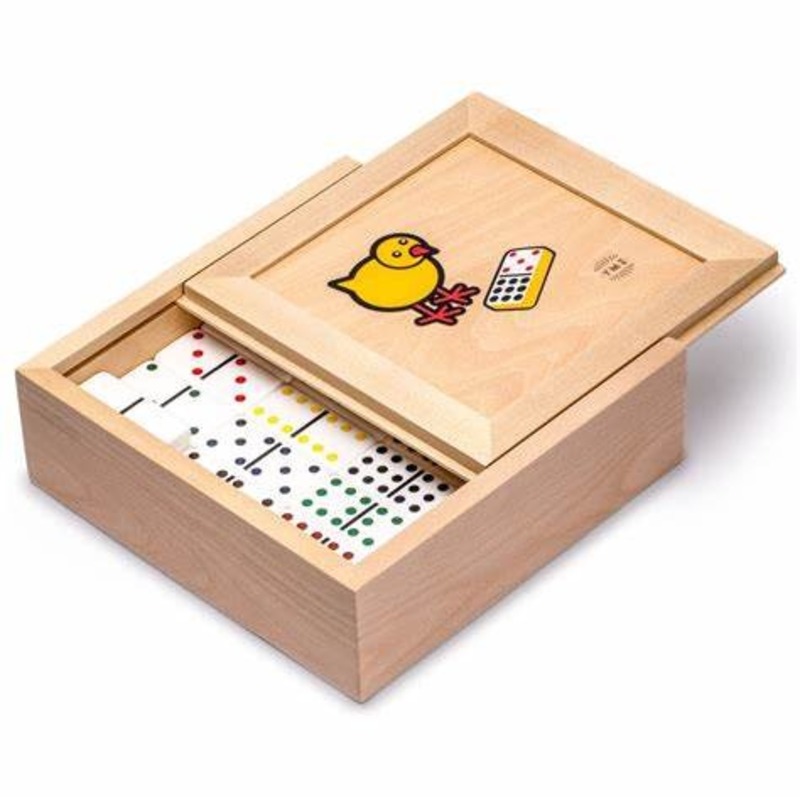
Conclusion: Practice and Patience
Success in Chickenfoot dominoes doesn’t come overnight. It requires practice and patience. For beginners and pros, practice is key. Regular play sharpens skills and deepens understanding of the game’s nuances. Patience allows players to learn from their mistakes and grow. With patience, players can develop new tactics and refine old ones.
Here are final thoughts to keep in mind:
- Regular Practice: Play often to master Chickenfoot dominoes. It builds confidence and skill.
- Learn from Losses: Every game, win or lose, is a chance to learn. Take notes of what works and what doesn’t.
- Patience with Progress: Skill growth takes time. Don’t rush it. Be patient with your pace of learning.
- Stay Adaptable: Be ready to change tactics as needed. Every game is different.
- Share Strategies: Play with others who are skilled. It’s a great way to learn new strategies.
Remember, mastering the art of Chickenfoot dominoes is an ongoing process. The more you play, the better you’ll become. Stay dedicated, enjoy the game, and keep strategizing!
